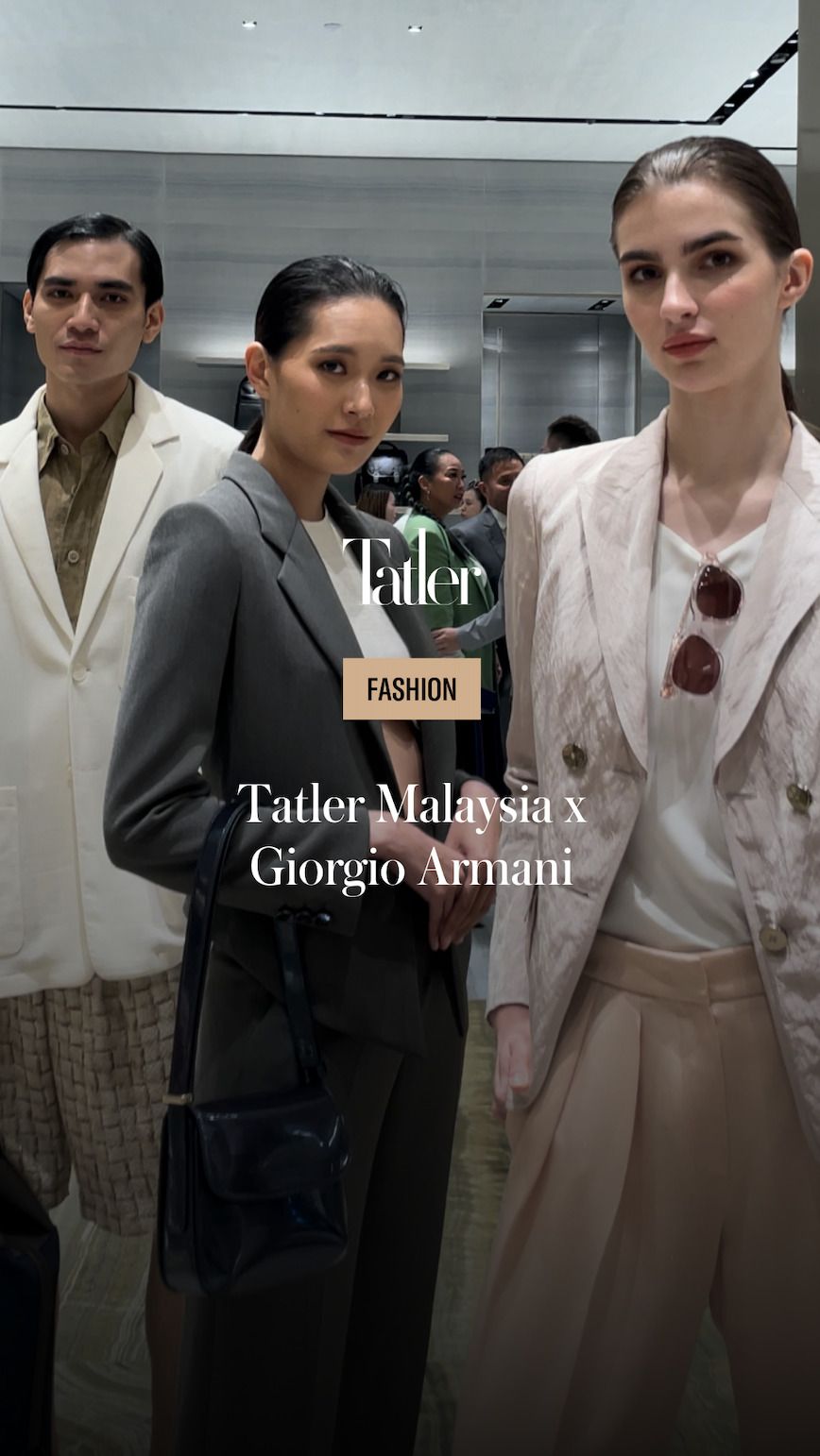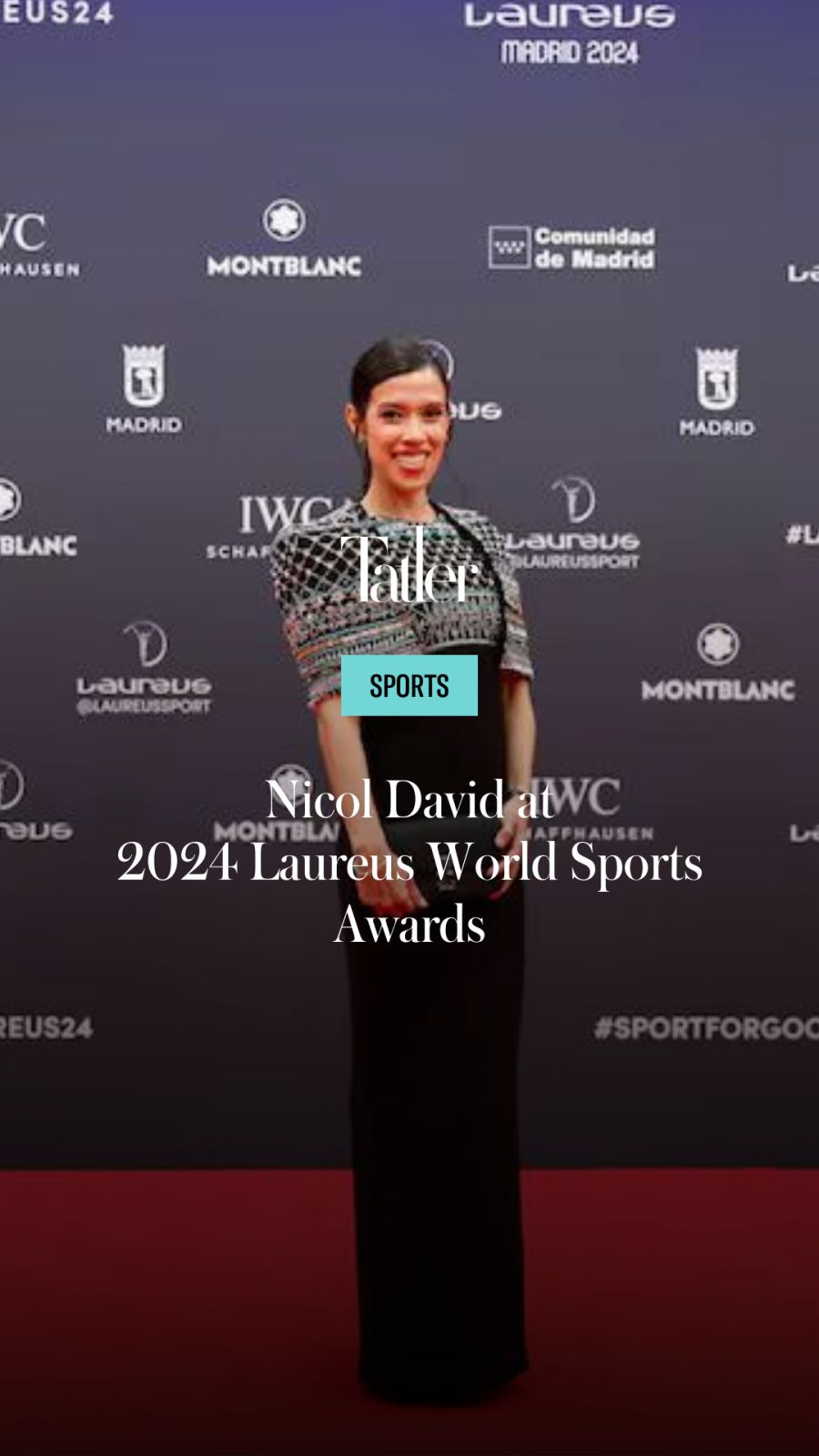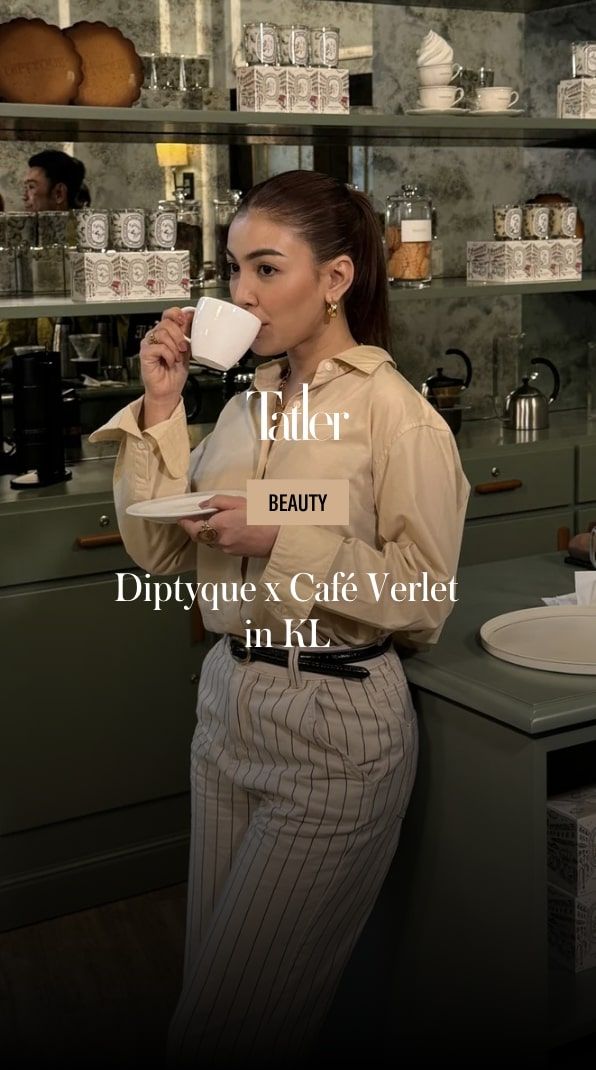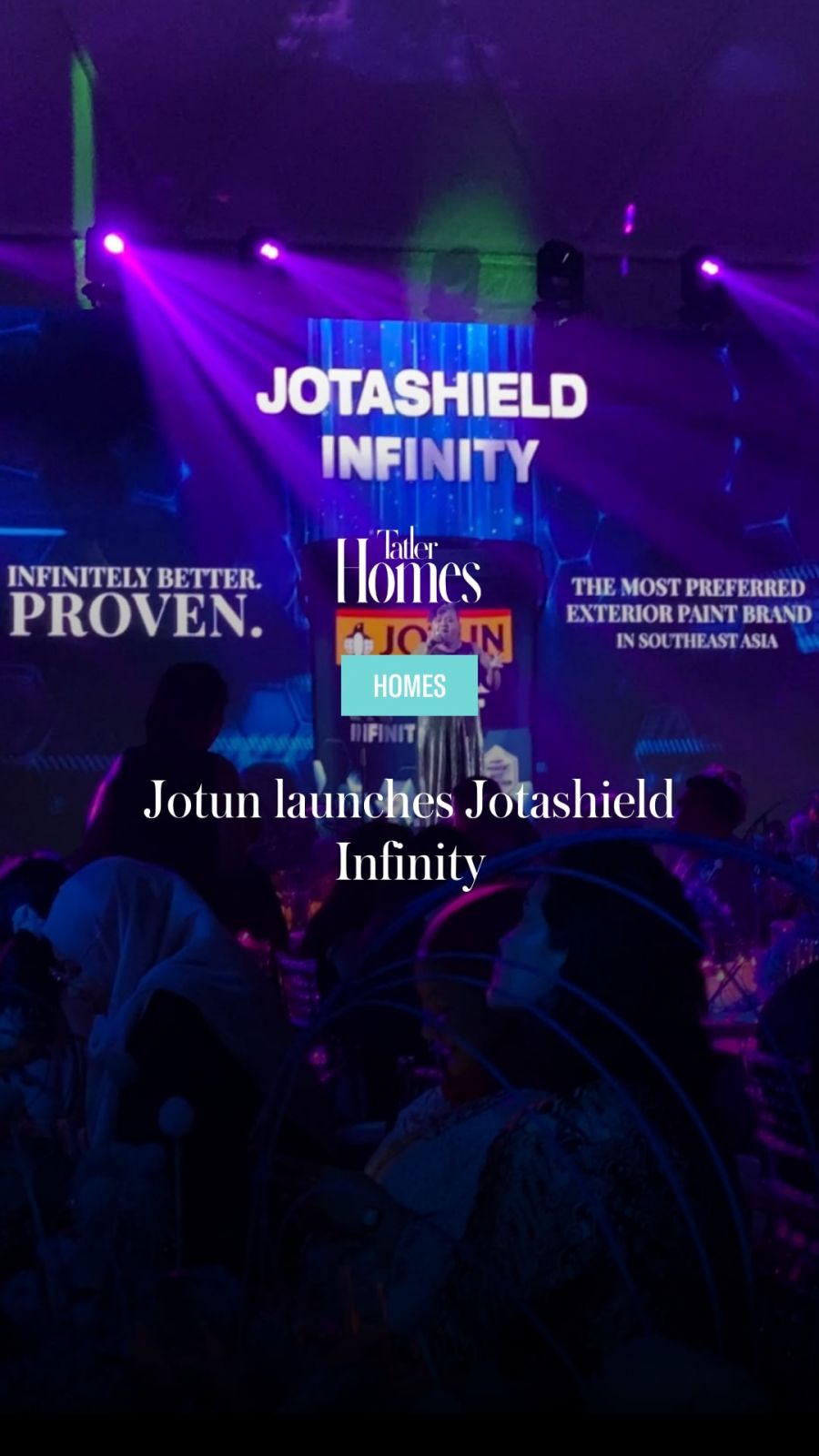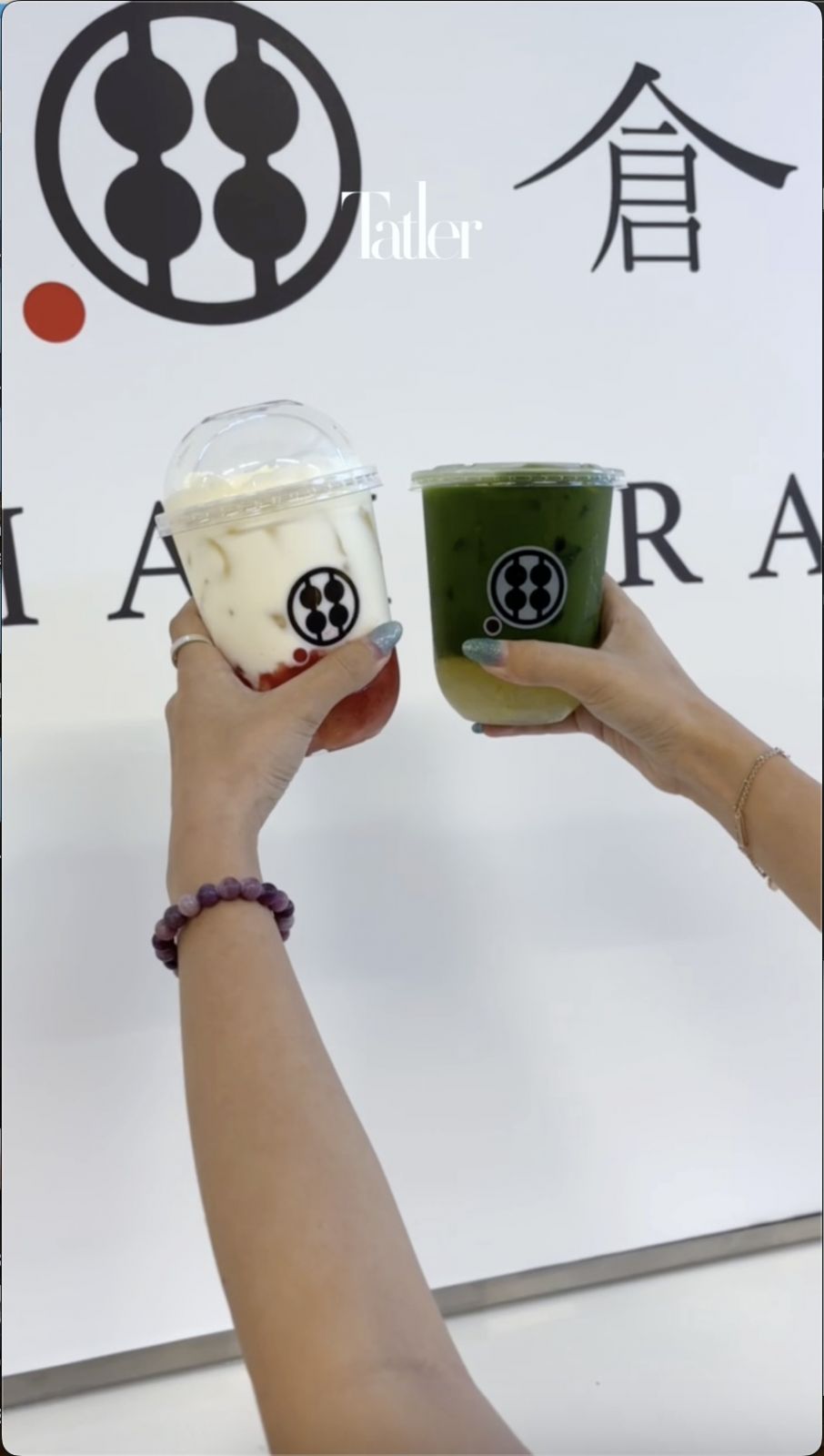Minimalist 1970s wire chair gets sustainable revival from Danish design brand Hay
In an era of disposable design, Hay is bringing back a triumph of Danish engineering. The X-Line Chair, created by Niels Jørgen Haugesen in the late 1970s, exemplifies high-tech design at its most refined.
With its distinctive wire frame and industrial aesthetic, the chair represents a pivotal moment in Danish design history. Created during a period of uncertainty following the country’s celebrated Golden Age of furniture design, the X-Line Chair showcased Danish innovation and engineering prowess.
Read more: Home tour: A restored 18th-century Oaxacan farmhouse designed to foster artistic collaborations




“The X-Line Chair is one of the few high-tech objects that came out of Denmark,” said Rolf Hay, co-founder of HAY. “But in many ways, it’s one of the most intelligent designs to come out of our country. So minimal and so well-thought.”
Haugesen, who cut his teeth working alongside the legendary Arne Jacobsen in the 1960s, embraced an engineering-based approach that was radical for its time. The chair’s signature X-structure, achieved through high-precision steel construction, delivers strength and flexibility while maintaining a remarkably lightweight profile.
See also: What is mid-century design and how it transcends time with its enduring appeal











